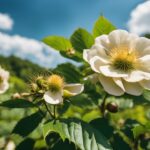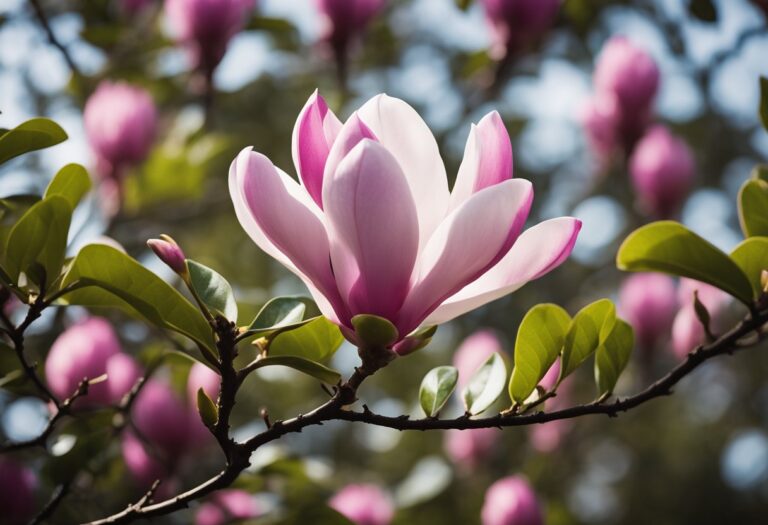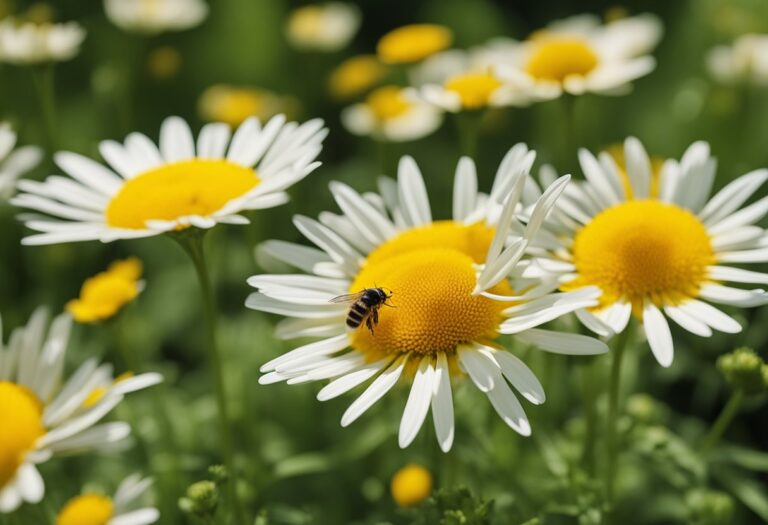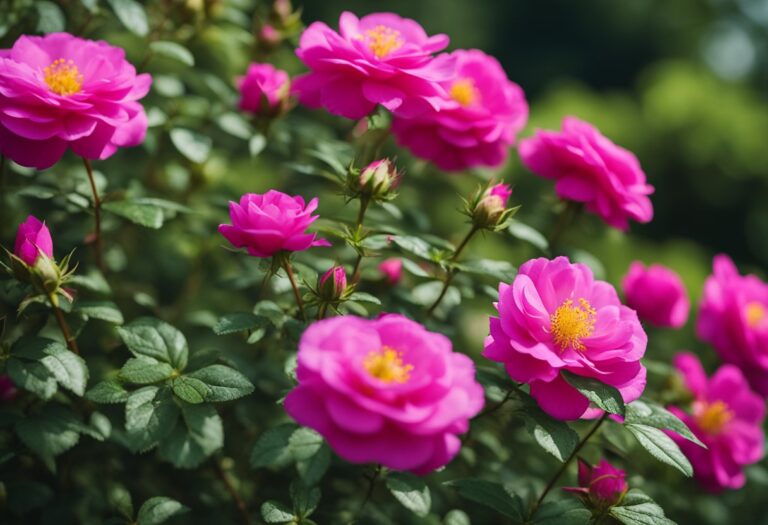Redbud Flowering Phenomenon
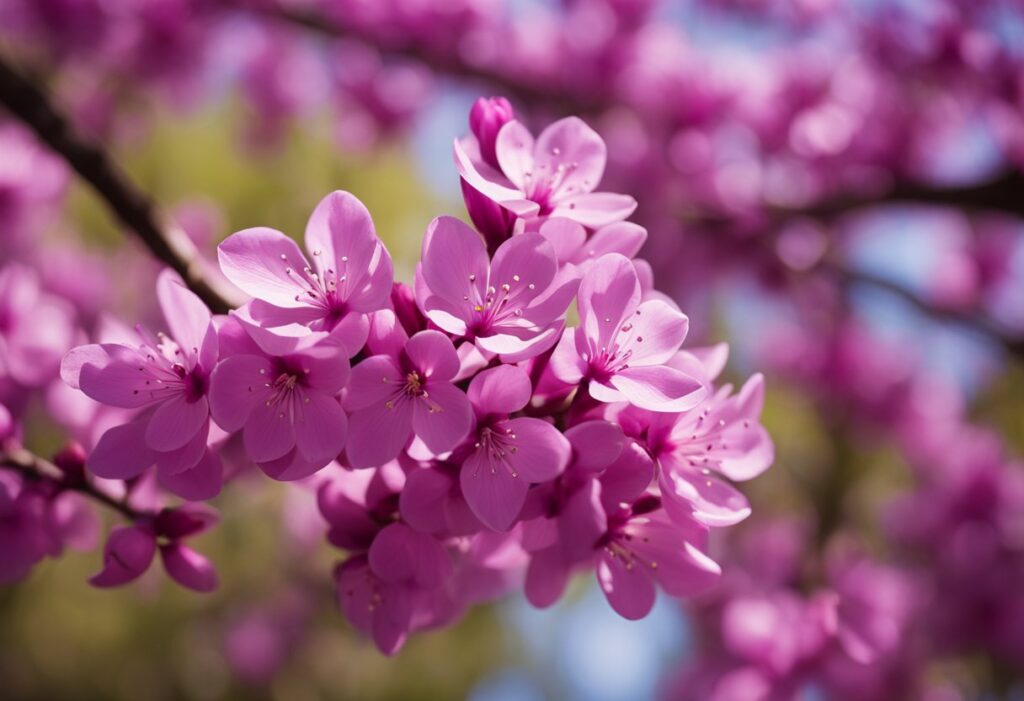
The unique aspect of redbud trees is their ability to flower directly on the trunk and larger branches, displaying vibrant blossoms before leaves fully emerge.
Biology of Flowering
Redbud trees, specifically of the genus Cercis, exhibit a floral display known as cauliflory. This biological adaptation allows for flowers to grow directly from the woody parts of the tree, such as the trunk and major limbs.
Your observation of this flowering pattern is a signal of healthy growth, not a disease. It is an evolutionary strategy that potentially aids in pollination by making blossoms accessible to certain pollinators that might not venture to the treetops.
- Advantages:
- Greater accessibility for pollinators
- Protection from wind and weather conditions
- Possible early bloom due to warmth retention in the thicker wood
Pattern of Occurrence
The occurrence of flowers on the trunk and branches happens annually, typically in the spring.
Redbud trees can start this process as young as 4 to 6 years old and will continue throughout the tree’s maturity.
Your redbud’s blooming pattern is especially prominent early in the season when the leaves are not yet in full bloom.
- When to Expect Blooms:
- Early spring before the canopy develops
- After mild winters, the bloom might be earlier
This flowering phenomenon is a signature trait of redbuds and one of the reasons they are cherished as ornamental plants.
Tree Identification
When identifying a Redbud tree, you will observe distinctive flowers emerging directly from the trunk and branches, as well as characteristic heart-shaped leaves.
Physical Characteristics
Redbud trees, scientifically known as Cercis, display a unique phenomenon called cauliflory, where purple, pink, or white flowers grow directly from the bark of the trunk and older branches.
This distinctive trait aids in the early identification of the species. The flowering is followed by the emergence of heart-shaped leaves, which may vary from green to dark purple depending on the specific variety.
- Flowers: Appear before leaves in early spring
- Leaves: Generally heart-shaped
- Bark: Smooth, dark to light gray, depending on age and health
Species Variations
There are multiple species and cultivars of Redbud trees, each with its subtle differences.
| Species | Flower Color | Leaf Color | Growth Habit |
|---|---|---|---|
| Eastern Redbud | Pink | Green | Upright |
| Forest Pansy Redbud | Pink | Purple | Upright |
| Ruby Falls Weeping Redbud | Rose pink | Deep purple to green | Weeping |
| Pink Heartbreaker Redbud | Pink | Green | Weeping |
You’ll find differences in size as well, with most Redbuds growing to a height of 20 to 30 feet and variations like dwarf cultivars reaching a more modest 12 feet in height.
Cultivation and Care
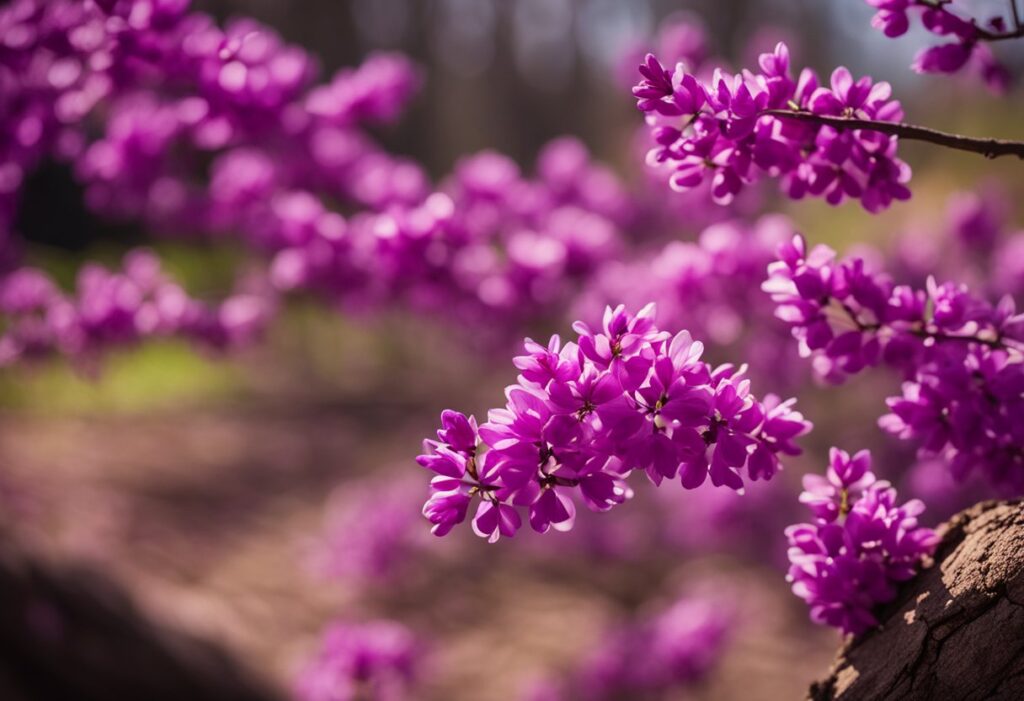
Proper cultivation and attentive care are central to growing a healthy Redbud tree with notable flowers blooming along the trunk. Here’s how to plant and maintain your Redbud tree correctly.
Planting Guidelines
Choosing the Right Spot: Select an area that receives full sun to partial shade. Your Redbud will thrive best with at least 6 hours of sunlight a day. Ensure the spot has well-draining soil.
Soil Preparation: The ideal pH for the soil should range from 6.0 to 7.5.
If necessary, amend your soil with compost to improve its structure and fertility.
- Digging the Hole: The hole should be double the width of the root ball and just as deep.
- Positioning: Place the tree in the center of the hole, ensuring it’s standing straight.
- Backfilling: Gently backfill the hole with soil, watering it halfway through to remove air pockets.
- Watering: After planting, water the tree deeply to encourage root development.
Maintenance Practices
Watering: During the first year, water your Redbud once a week to help establish it. Once established, water it during dry spells.
- Mulching: Apply 2 to 3 inches of mulch around the base of the tree to conserve moisture and regulate soil temperature, keeping it away from the trunk to prevent rot.
Pruning:
- Remove any dead or damaged branches in late winter.
- Prune to shape early in the tree’s life to create a strong structure.
Fertilization: Fertilize your Redbud tree in the spring with a balanced 10-10-10 fertilizer to promote healthy growth and abundant flowering. Use the manufacturer’s recommended rate.
Protecting from Diseases: Inspect regularly for signs of disease or pests. Treat infestations or infections early, consulting a specialist if necessary.
Ecological Impact
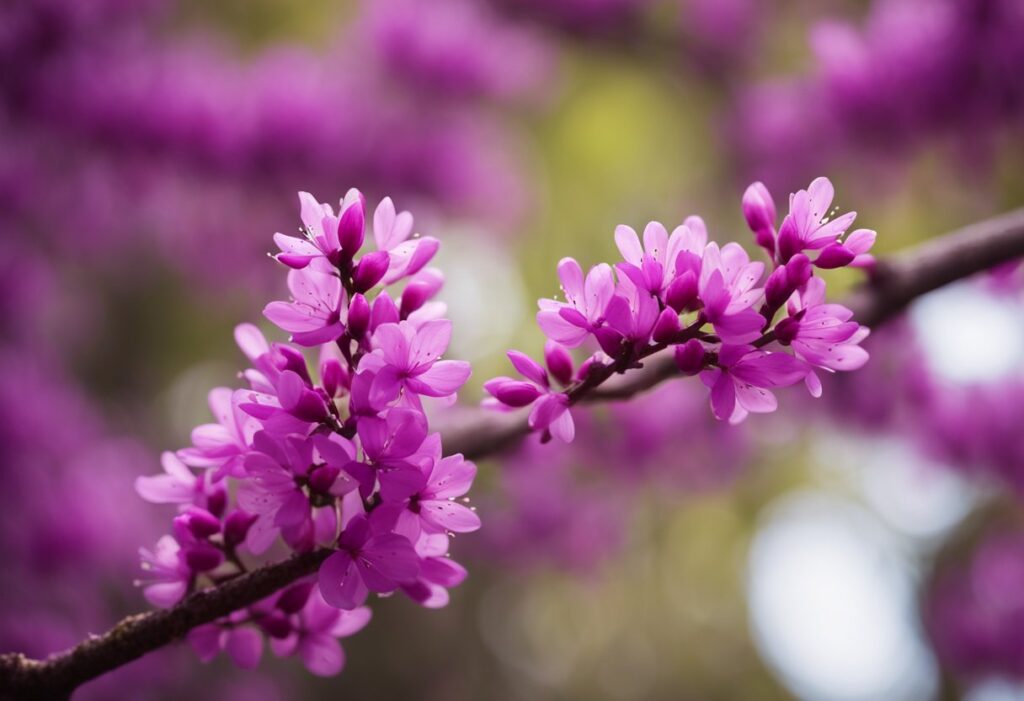
The distinctive flowering pattern of redbud trees along their trunks not only contributes to their aesthetic appeal but also plays a vital role in local ecosystems.
Habitat and Biodiversity
Your local redbud trees create a unique microhabitat that supports intricate food webs.
Early blooming directly on the trunk, a phenomenon known as ‘cauliflory’, provides essential resources for pollinators at a time when few other floral resources are available.
- Bees and Butterflies: These insects rely on the nectar and pollen from the redbud’s blooms for sustenance.
- Birds: Some bird species use redbud trees for nesting, and the flowers attract insects they can feed on.
Environmental Benefits
Redbud trees offer tangible environmental benefits beyond their ornamental value:
- Soil Stabilization: Their widespread root system helps to prevent soil erosion.
- Carbon Sequestration: Like all trees, redbuds absorb CO2 and store carbon, contributing to climate change mitigation.
- Air Quality: They filter airborne pollutants, improving air quality for you and your community.
Frequently Asked Questions
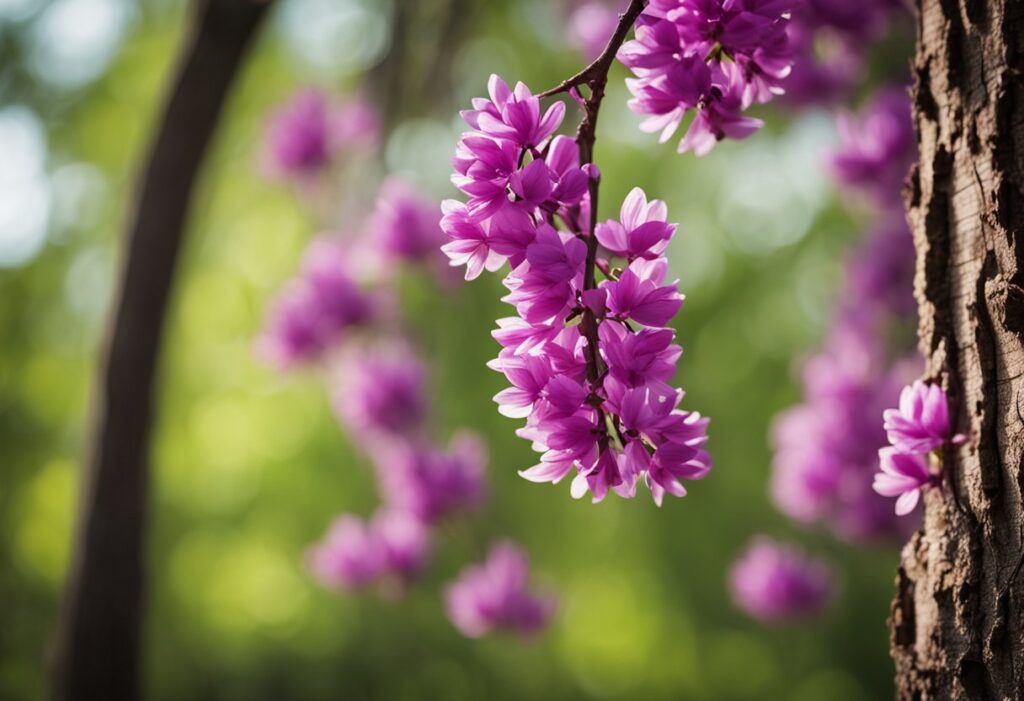
In this section, you’ll find concise answers to common queries about the unique flowering patterns of redbud trees and their care.
Why do some trees, like redbuds, have flowers that bloom directly on their trunks?
Redbud trees exhibit a fascinating phenomenon where pink to purplish flowers emerge not only from the branches but also directly on the trunk. This is a natural growth characteristic and is not a sign of disease or distress.
What is the term for trees that grow flowers on their trunks and branches?
Trees like the redbud, which flower on their trunks and main branches, exhibit ‘cauliflory’. This botanical term specifically refers to plants that produce flowers and fruit directly on their woody stems or trunks.
Can you identify the differences between ‘Rising Sun’ and ‘Forest Pansy’ Redbud trees?
‘Rising Sun’ and ‘Forest Pansy’ are both cultivars of redbud trees.
The ‘Rising Sun’ offers leaves that transition from peach to yellow to green, while the ‘Forest Pansy’ displays heart-shaped leaves that are a deep purplish-red and transition to dark green.
What conditions are optimal for growing redbud trees in Florida?
Redbud trees in Florida thrive in well-draining soil with a pH that is slightly acidic to neutral.
They prefer full sun to partial shade and benefit from mulch to retain soil moisture and suppress weeds, keeping it away from the trunk to prevent rot.
How should one care for a Redbud tree in different seasons?
In spring and summer, ensure adequate watering and mulching.
Prune dead branches in late winter or early spring. During fall, minimize watering as the tree prepares for dormancy, and ensure the tree is free from pests and diseases before winter arrives.
What are the implications of pod formation on Redbud trees?
Pod formation on redbud trees indicates successful pollination and seed development. These seed pods typically appear after the flowering season. They can persist on the tree through winter, adding visual interest even after the leaves have fallen.





